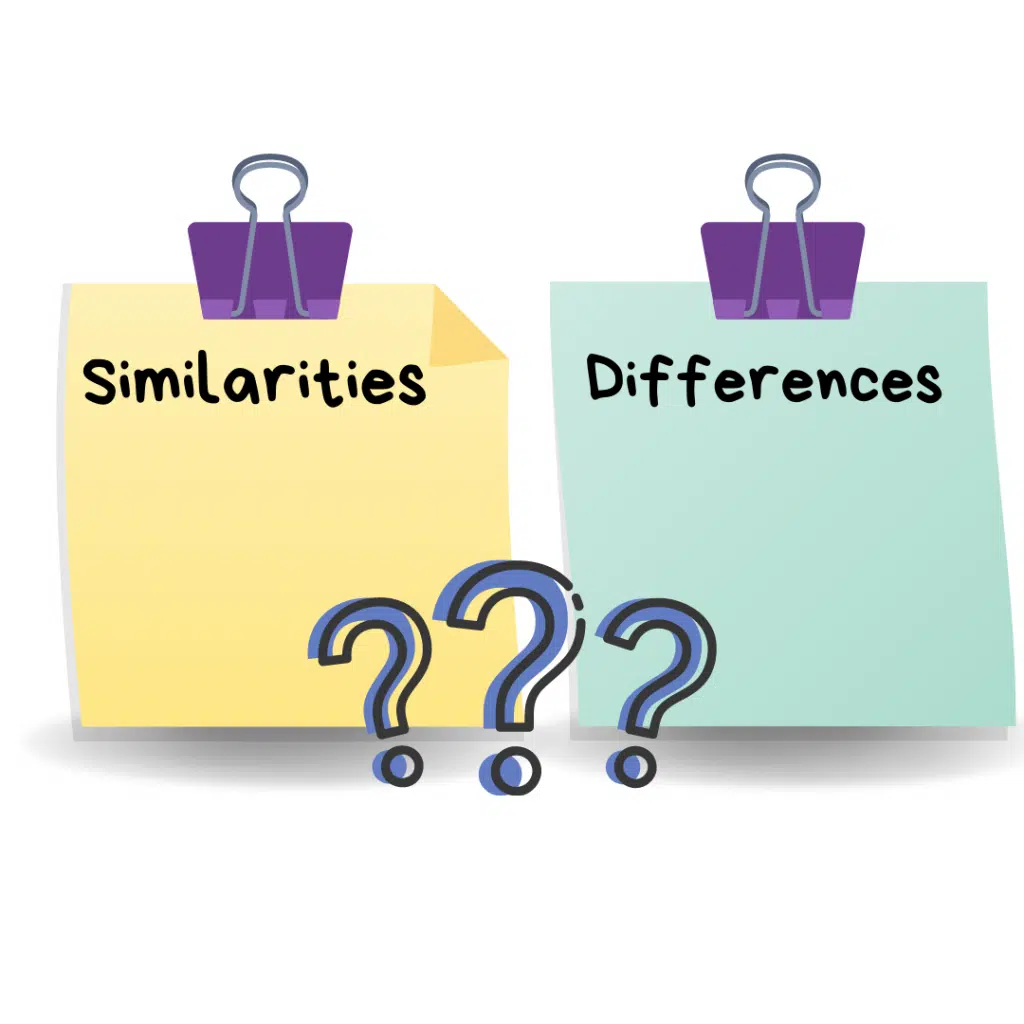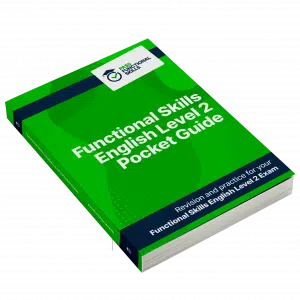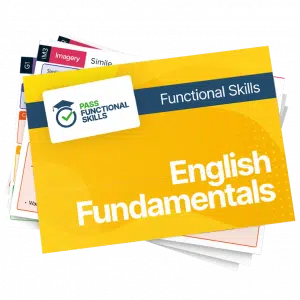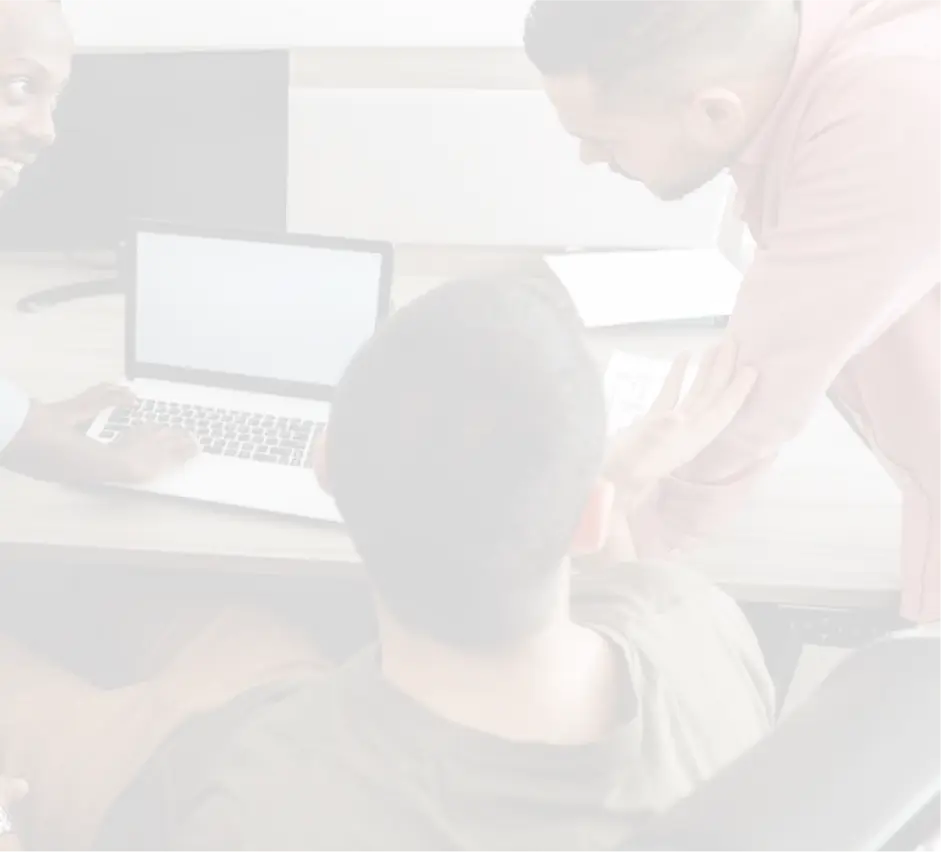Reading: Comparing Texts
Comparing Texts
Having one text will not always provide a full picture of the issue.
As a result, using more than one text can be a great way to gain this extra information.
Make sure you are happy with the following topics before continuing:
But, what do we compare?
When comparing more than one text, you will need to weigh up the similarities and differences.
For example, you could choose to compare the information they provide.


However, the information in each text may not always be enough to compare.
Instead, you may also need to identify techniques such as:
- Bias
- Opinions
- Formality
- Tone
- Text Type
- Presentational features
- Facts
- Linguistic features
Follow Our Socials
Our Facebook page can put you in touch with other students of your course for revision and community support. Alternatively, you can find us on Instagram or TikTok where we're always sharing revision tips for all our courses.
Quoting
You may also be asked to extract evidence from given texts.
This will require finding a sentence, word, or theme in the text, which answers the question or strengthens previous answers.
For example:
”Provide a quotation from Text A and Text B which show that the writers are fed up with the behaviour of their next door neighbours.”
Potential answers may be:
- “Text A: ‘My children are not getting any sleep’.”
- “Text B: ‘It is never-ending stress’.”
Example: Comparing Texts
Let’s compare these two texts about alcohol, look closely!
- They have the same topic, audience and aim
- One uses more persuasive language – e.g., using an instruction word
- They have different presentational features – e.g., one includes a bullet pointed list.
- They use different levels of bias – One of the texts is clearly biased
Can you identify which text each of these comparisons belong to?
See what else you can find!

Additional Resources
Exam Tips Cheat Sheet
FS Level 2Specification Points Covered
L2.11 – Identify the different situations when the main points are sufficient and when it is important to have specific details
L2.12 – Compare information, ideas and opinions in different texts, including how they are conveyed
L2.13 – Identify implicit and inferred meaning in texts
L2.14 – Understand the relationship between textual features and devices, and how they can be used to shape meaning for different audiences and purposes
L2.15 – Use a range of reference materials and appropriate resources (e.g. glossaries, legends/keys) for different purposes, including to find the meanings of words in straightforward and complex sources
L2.16 – Understand organisational features and use them to locate relevant information in a range of straightforward and complex sources
L2.17 – Analyse texts, of different levels of complexity, recognising their use of vocabulary and identifying levels of formality and bias
L2.18 – Follow an argument, identifying different points of view and distinguishing fact from opinion
L2.19 – Identify different styles of writing and writer’s voice
Reading: Comparing Texts Worksheet and Example Questions
Reading: Comparing Texts L2
FS Level 2NewOfficial PFSRevision Products

Functional Skills English Level 2 Practice Papers
This comprehensive set of 10 Functional Skills English Level 2 Practice Papers (5 reading papers + 5 writing) is a great way to revise for your upcoming reading and writing exams. These papers have been specifically tailored to match the structure, format and question types used by each of the main exam boards for functional skills English.

Functional Skills English Level 2 Book
Revise and practice for your functional skills English level 2 exam. All topics covered in this compact functional skills English level 2 book.

Functional Skills English Level 2 Revision Cards
Revise for functional skills English level 2, with these English level 2 fundamentals revision cards. Covering the building blocks of the essential areas of the level 2 exam.








